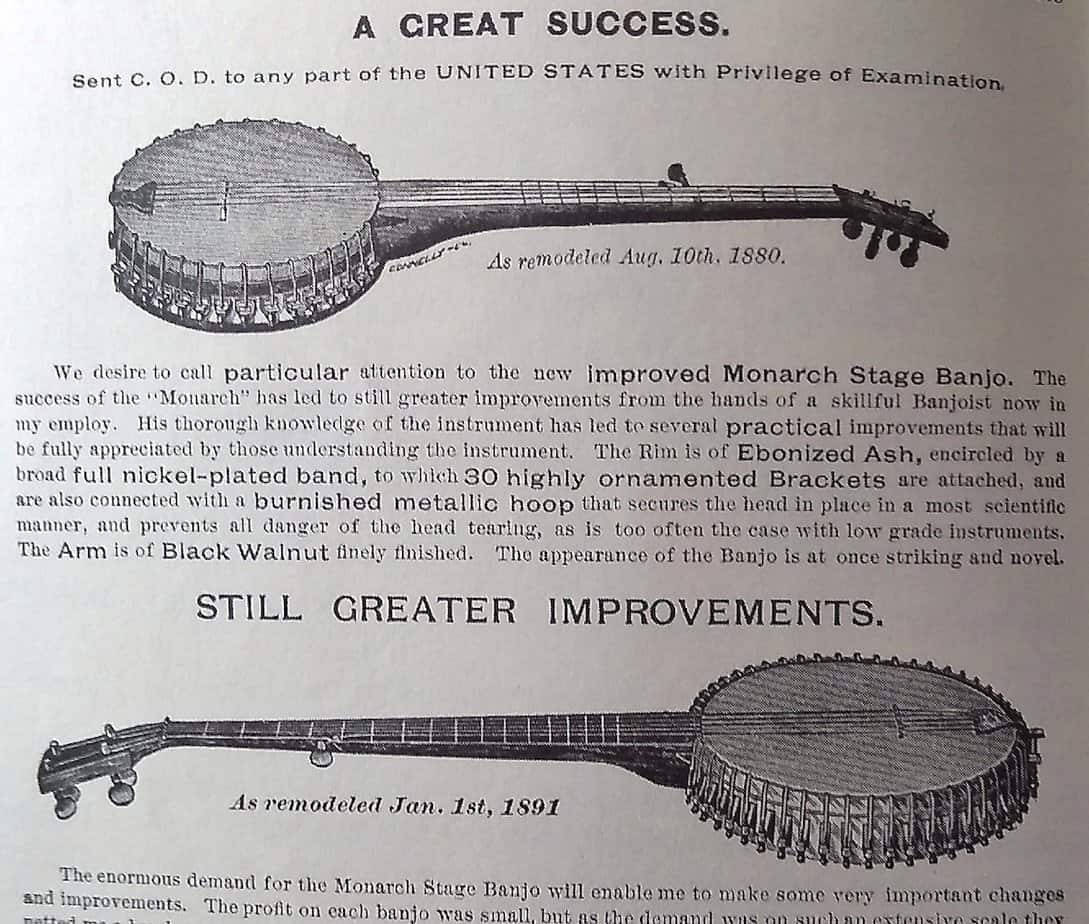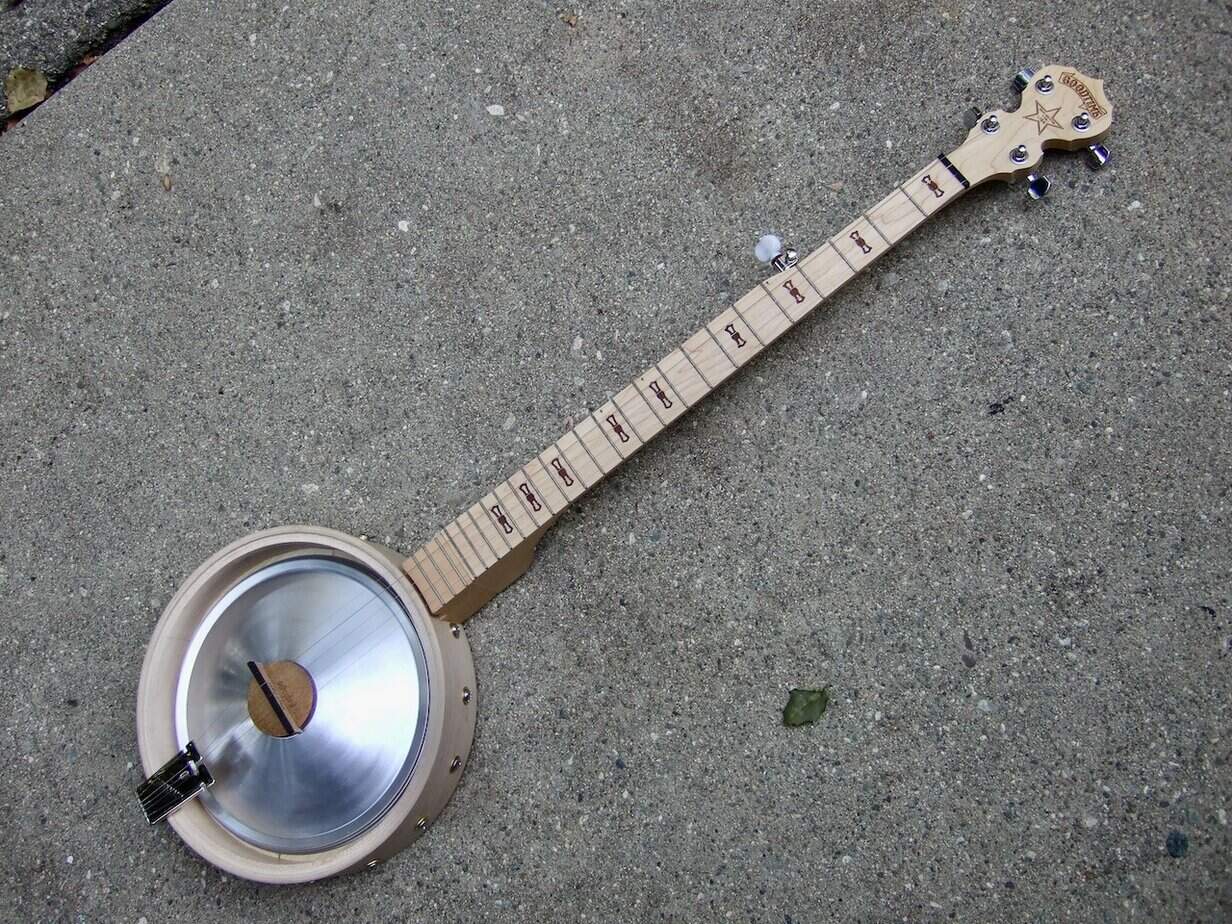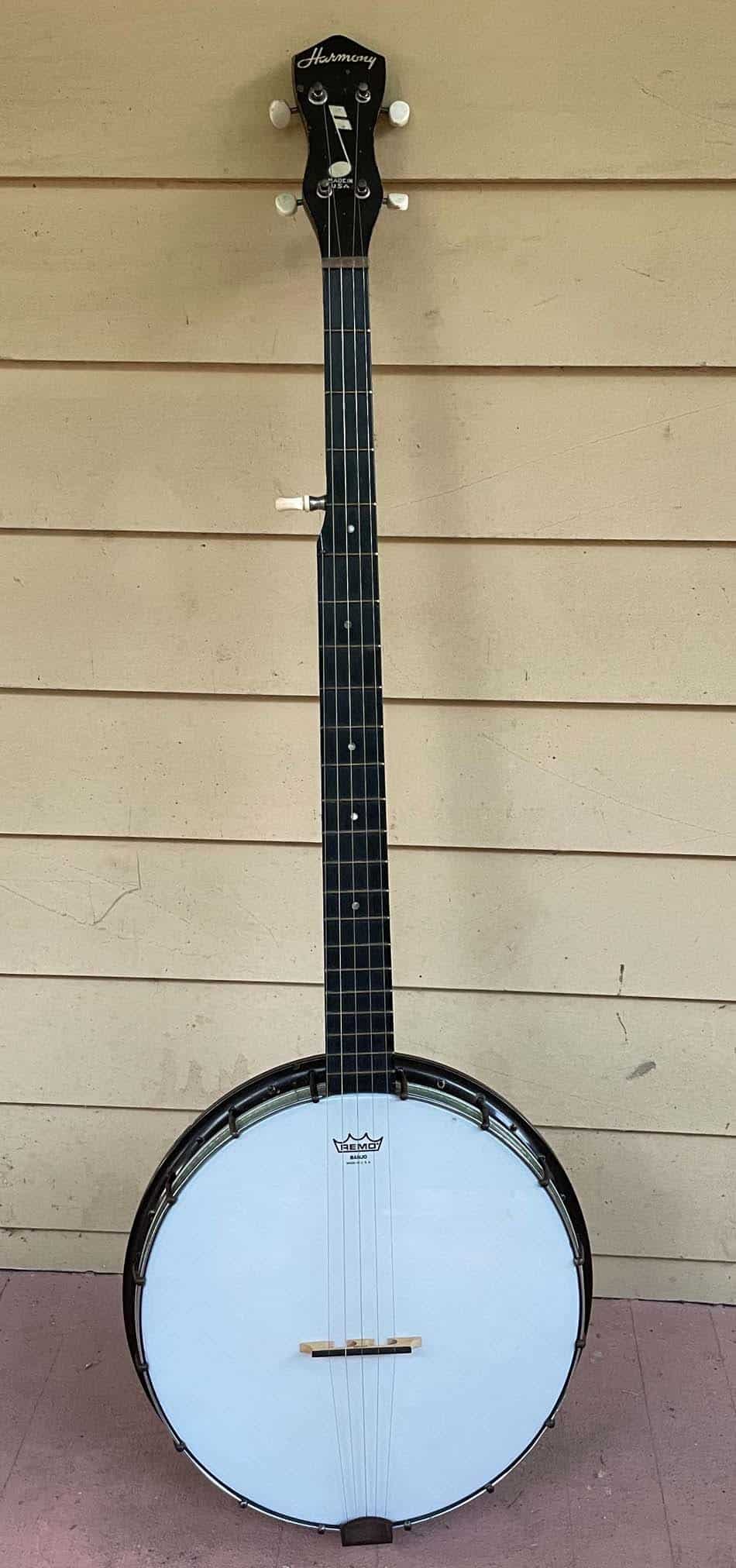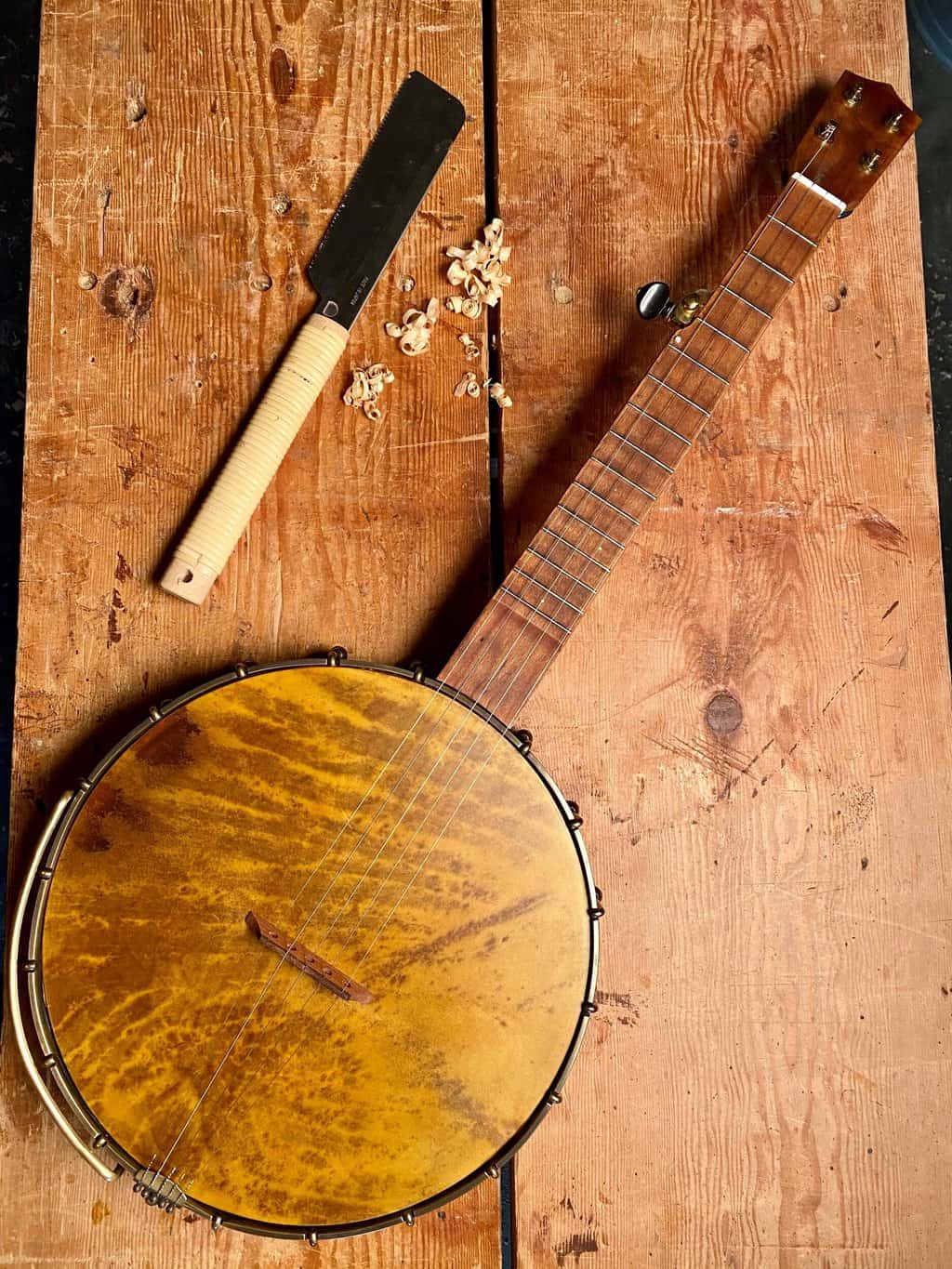The banjo is a stringed instrument with a rich history and a unique sound that has become synonymous with various forms of American music, such as bluegrass, folk, and country. One of the most distinctive features of the banjo is its short string, which sets it apart from other stringed instruments like the guitar or the violin. In this article, we will explore the reasons why banjos have a short string and what role it plays in the instrument’s sound and function.
The Anatomy of the Banjo
Before we delve into the specifics of the short string, it’s essential to understand the anatomy of the banjo. The instrument typically has five strings, with the fourth string being the short one. The strings are attached to a tuning peg at the top of the neck and run over a fingerboard, where the player presses down on them to create notes and chords. The strings then pass over a bridge, which amplifies the sound, and are connected to a tailpiece at the bottom of the instrument.
The Role of the Short String
The short string, also known as the “drone string” or the “fourth string,” serves a unique purpose in the banjo’s sound and function. Unlike the other strings, which are tuned to specific notes and played with the fingers, the short string is tuned to the same note as the second string, usually the note D. It is not typically played with the fingers, but rather it vibrates sympathetically when the other strings are played, adding a rich, resonant quality to the instrument’s sound.
The History of the Short String
The short string has been a feature of the banjo since its origins in Africa. The instrument was brought to the Americas by enslaved Africans and became a popular instrument in African-American communities, particularly in the southeastern United States. The short string was a crucial element of the banjo’s sound in its early forms, and it has remained a defining feature of the instrument to this day.
The Sound of the Short String
The short string adds a distinctive, droning quality to the banjo’s sound, which is one of the instrument’s most recognizable features. When the other strings are played, the short string vibrates sympathetically, creating a complex, layered sound that is both melodic and percussive. This sound is a key component of the banjo’s unique character and has made it a beloved instrument in various forms of American music.
Playing Techniques for the Short String
While the short string is not typically played with the fingers, there are some playing techniques that can make use of its unique properties. One such technique is called “drop thumbing,” where the player uses their thumb to pluck the short string while playing chords or melodies on the other strings. This technique creates a powerful, rhythmic sound that is a staple of bluegrass and other forms of American music.
Tuning the Short String
The short string is typically tuned to the same note as the second string, usually the note D. However, some players may choose to tune it to a different note to create a unique sound or to accommodate a specific style of playing. It’s important to note that the short string should be tuned to a pitch that is in harmony with the other strings, as this will create the most pleasing and resonant sound.
The Short String in Different Types of Banjos
The short string is a feature of various types of banjos, including the five-string banjo, the four-string tenor banjo, and the six-string banjo. While the short string serves a similar purpose in each of these instruments, its role may vary depending on the instrument’s design and the style of music being played.
Interested in learning more about banjos and other string instruments? Check out our articles on how many strings a typical banjo has, how many strings are on a banjo, how many strings a dobro has, how much a mandolin weighs, and how to string a 5-string banjo. Explore the world of stringed instruments with us!
Conclusion
The short string is a defining feature of the banjo, adding a rich, resonant quality to the instrument’s sound and setting it apart from other stringed instruments. From its origins in Africa to its role in various forms of American music, the short string has been a crucial element of the banjo’s unique character and sound. Whether you’re a seasoned banjo player or a curious music lover, the short string is a fascinating aspect of this beloved instrument that is worth exploring.





